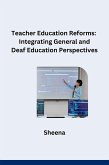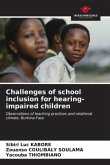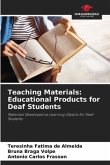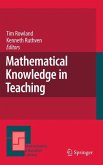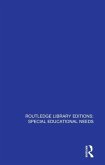Bilingual education for the deaf has characteristics that set it apart from education for hearing students and that, for many teachers, make it difficult. But what are these characteristics? How can hearing teachers overcome the limit of difference and produce new knowledge that provides not only the teaching, but also - and effectively - the learning of deaf students? Do the experiences of everyday life in a school for the deaf - the National Institute of Education of the Deaf, INES - influence the construction and mobilization of this knowledge? Understanding these issues does not mean to say which path teachers of deaf students should follow. Our goal, based on the analysis of interviews with three hearing Biology and Natural Sciences teachers from INES, is to know the paths they follow in the world of deaf students, analyzing their teaching knowledge.
Bitte wählen Sie Ihr Anliegen aus.
Rechnungen
Retourenschein anfordern
Bestellstatus
Storno


